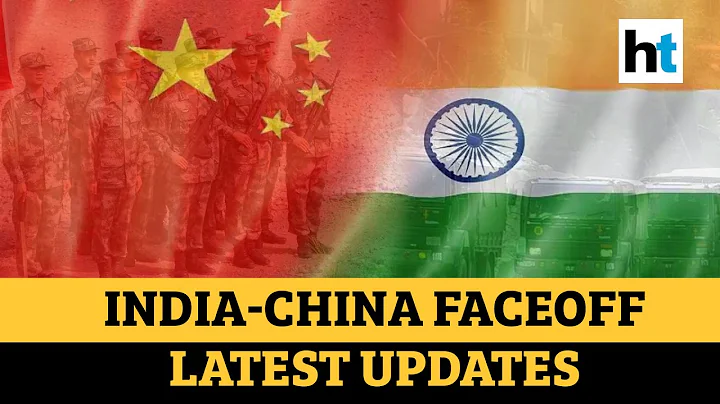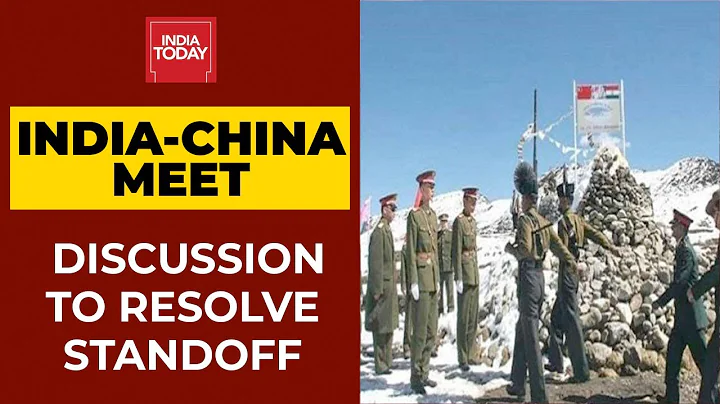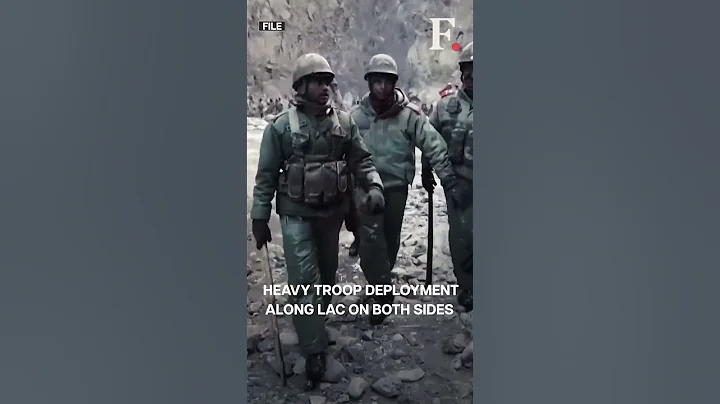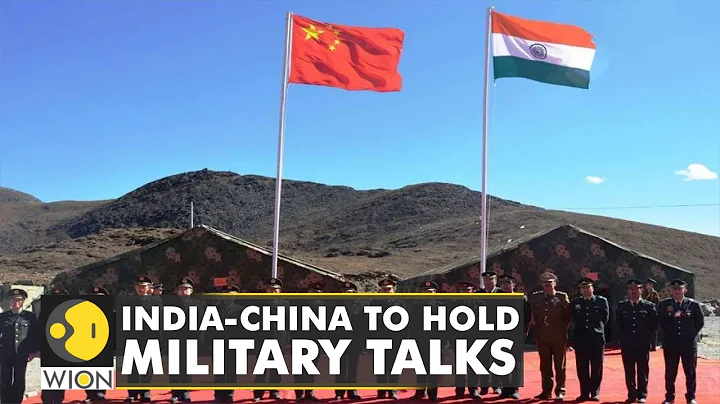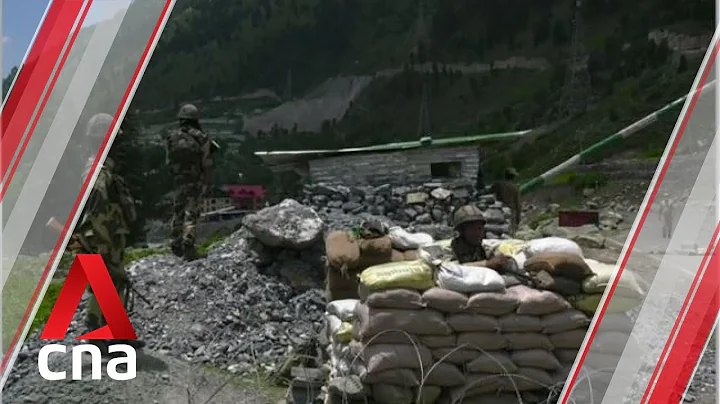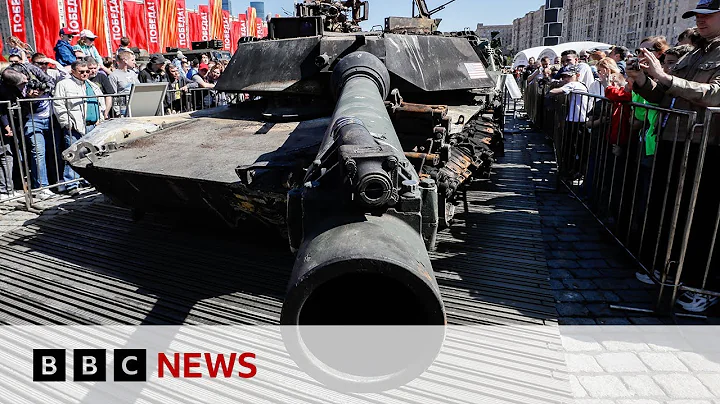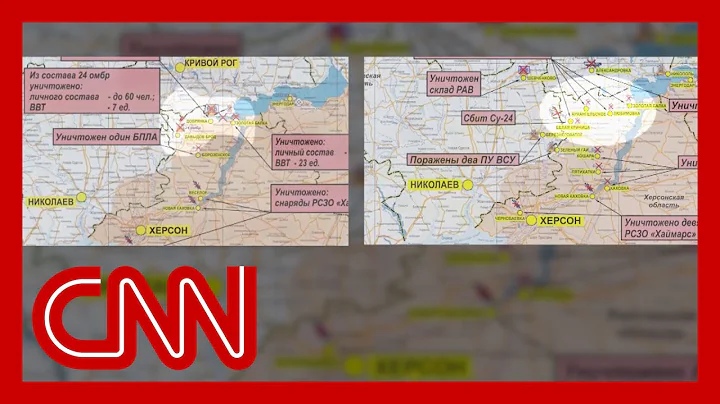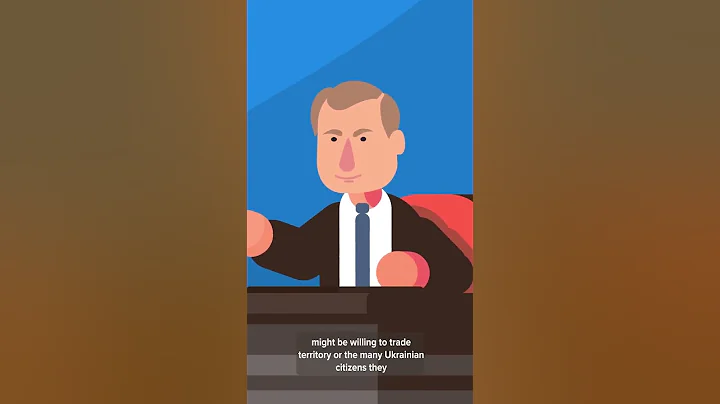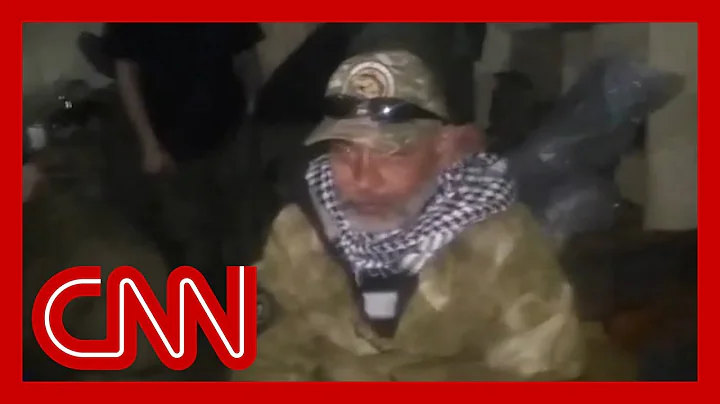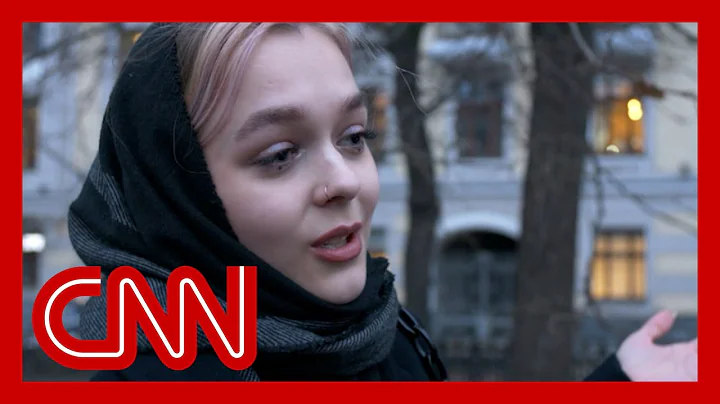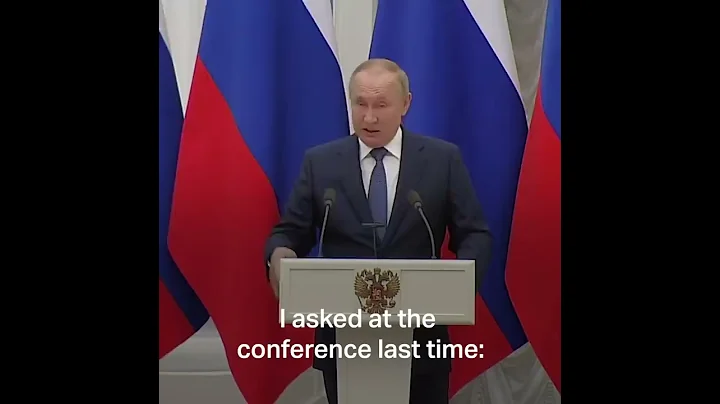htmlTwelve years ago, physical conflict broke out between China and India in the Galwan Valley. But soon the two sides established contact and worked together to manage their differences. After multiple rounds of military commander-level talks, the situation on the Sino-Indian border has gradually eased, and the two sides have also achieved disengagement in some areas. This is a good sign, but some people in India do not cherish this hard-won result.
Recently, the Indian media has begun to hype China's border construction again. "The Hindu" published an article saying that China has significantly upgraded its weapons systems near the Line of Actual Control on the western front of the Sino-Indian border; at the same time, Indian Air Force Chief of Staff Chaudu In an interview with the Indian media, General Li suddenly proposed the concept of "two-front warfare."

According to the Indian media, the People's Liberation Army has been carrying out extensive construction projects within 100 kilometers of the actual control line on the China-India border, upgrading weapon systems and infrastructure such as barracks and runways. It can already provide temporary accommodation for 120,000 people. The Chinese troops confronting the Indian army The four divisions of and of the Xinjiang Military Region have also been transformed into combined brigades.
also has advanced equipment such as 15 light tank , PHL-3 rocket launcher, Hongqi 9 anti-aircraft missile , and its combat effectiveness has been greatly improved compared with the 2020 China-India conflict. Chaudhry said that if China and Pakistan suddenly join forces to "attack" India, the Indian military must be able to deal with such "dual-front" emergencies.

Currently, India is confronting Pakistan in the northwest, with conflicts breaking out from time to time. It is also confronting China on the northern border. Chaudhry's so-called response to dual-front threats is similar to the "win two local wars at the same time" proposed by the United States a few years ago. There are great similarities. The problem now is that the Indian side, from the military to the media, is hyping up the Sino-Indian border issue, which is self-contradictory in itself.
If the People's Liberation Army deploys an elite force of 120,000 people on the western front of the Sino-Indian border, as the Indian media said, then the Indian army's main focus should be on how to resist China's attack, and even protect the capital New Delhi if necessary security, this kind of experience, they already had it in 1962.

If the People's Liberation Army really presses its troops, how can the Indian army have extra energy to deal with Pakistan? On the one hand, it wildly exaggerates the relevant activities of the People's Liberation Army in border areas, and on the other hand, it shows full confidence that it wants to deal with China and Pakistan at the same time. These statements by India are obviously contradictory.
There are two reasonable explanations. First, the Indian military hopes to obtain more military expenditures by deliberately exaggerating the PLA’s military deployment in border areas. As we all know, India's defense and military industry is extremely weak, and most of its weapons and equipment rely on imports. It has become a routine to ask the Indian government for money to buy high-priced foreign weapons from time to time. This time is no exception, and the so-called "China threat" is The best excuse ever.

Second, the Indian military wants to divert domestic attention by hyping up its confrontation with China. On June 14, the Indian government announced its latest recruitment policy. The policy stipulates that the Indian army will no longer recruit professional soldiers who have served for more than 10 years, but will instead recruit recruits on a four-year contract. After the contract ends, most recruits will receive about 10,000 soldiers. The RMB subsidy leaves the military.
The policy immediately aroused strong opposition from Indian youth after it was released, quickly triggering nationwide protests. As of June 20, 369 trains have been canceled across India. A conscription reform triggered a huge social crisis. Therefore, the Indian military tried to create some minor friction and panic in the border areas to divert the attention of the domestic people.

At the same time, the Indian military also wants to use this to show its tough external image and enhance the favorability of Indian young people towards the military. It can be seen that India’s exaggeration of the Sino-Indian border crisis has a special purpose and is highly risky. The Indian army’s loose military management style is likely to cause friction with China or Pakistan.
Therefore, the situation in the India-China and India-Pakistan border areas may heat up during this period, but no matter how hard India tries, it will never be able to take advantage of the People's Liberation Army. Because China and India had already decided the winner two years ago, and now the People's Liberation Army equipment has been upgraded. When the enemy says you have it, you'd better really have it, so that it can act as a deterrent.
